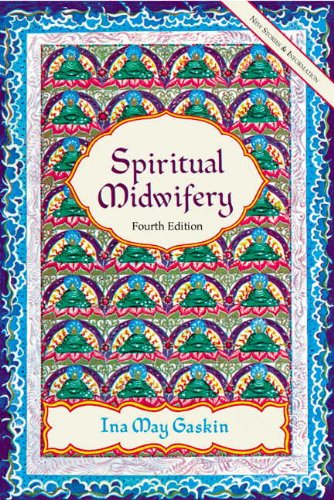The Midwives Model of Care is based on the fact that pregnancy and birth are normal life processes.
The Midwives Model of Care includes:
- Monitoring the physical, psychological, and social well-being of the mother throughout the childbearing cycle
- Providing the mother with individualized education, counseling, and prenatal care, continuous hands-on assistance during labor and delivery, and postpartum support
- Minimizing technological interventions
- Identifying and referring women who require obstetrical attention
The application of this woman-centered model of care has been proven to reduce the incidence of birth injury, trauma, and cesarean section.
From the Citizens for Midwifery website:
 During May 1996, representatives of the Midwives Alliance of North America (MANA), the North American Registry of Midwives (NARM), the Midwifery Education Accreditation Council (MEAC) and Citizens for Midwifery (CfM) worked together to write a”definition” of what we called the “midwives model of care” that all the groups could use consistently in communicating with health care decision makers.
During May 1996, representatives of the Midwives Alliance of North America (MANA), the North American Registry of Midwives (NARM), the Midwifery Education Accreditation Council (MEAC) and Citizens for Midwifery (CfM) worked together to write a”definition” of what we called the “midwives model of care” that all the groups could use consistently in communicating with health care decision makers.
As we worked, we realized that we needed a definition that would address the primary concerns of health care decision-makers about midwifery, a definition that they would be likely to read. We started from the assumption that such decision-makers are mainstream and probably do not think in terms of mothers being capable decision-makers, and that the idea of partnership between mother and caregiver is either foreign or insignificant to their way of thinking. We felt that they would be concerned about whether or not mothers and babies would at least get the basic”medical” care that our culture feels is essential for adequate “safe”maternity care. The definition addresses those concerns.
Our hope and expectation was that once these decision-makers read/hear what THEY NEED to read/hear, they might begin to accept, that midwifery itself is not “dangerous” and that the Midwives Model of Care and the midwives who provide it should be included in general health care.
Note that the definition says the Midwives Model of Care INCLUDES the points in the definition; it does not say that these define the whole of midwifery care. Obviously, the definition is “barebones;” the Midwives Model of Care includes much more that is not overtly expressed in the short definition. (That is why Citizens for Midwifery subsequently developed the Midwives Model of Care brochure.)
Of importance to Citizens for Midwifery as a consumer organization is that the definition emphasizes the kind of care, rather than a particular type of provider. We all know that there are a few rare doctors out there who practice this model, and also some midwives who, for a variety of reasons, do not really provide this kind of care.
By focusing on the model of care, we can avoid divisiveness over credentials and which categories of care-givers do or don’t practice “real” midwifery. The issue becomes the kind of care — the evidence that supports its value, how to remove obstacles to its availability, how to make it available to as many women as possible, regardless of who is providing the care. The Midwives Model of Care then becomes a standard or ideal that all maternity care providers can attempt to meet.
In May 2001, the four organizations agreed to change the title to the “Midwives Model of Care.” The definition is copyrighted and the logo trademarked by the Midwifery Task Force, a non-profit organization. The definition (not the logo) may be used in full with complete attribution. For information about licensed use of the logo, contact Citizens for Midwifery.
« Back to Glossary Index


Comments are closed.